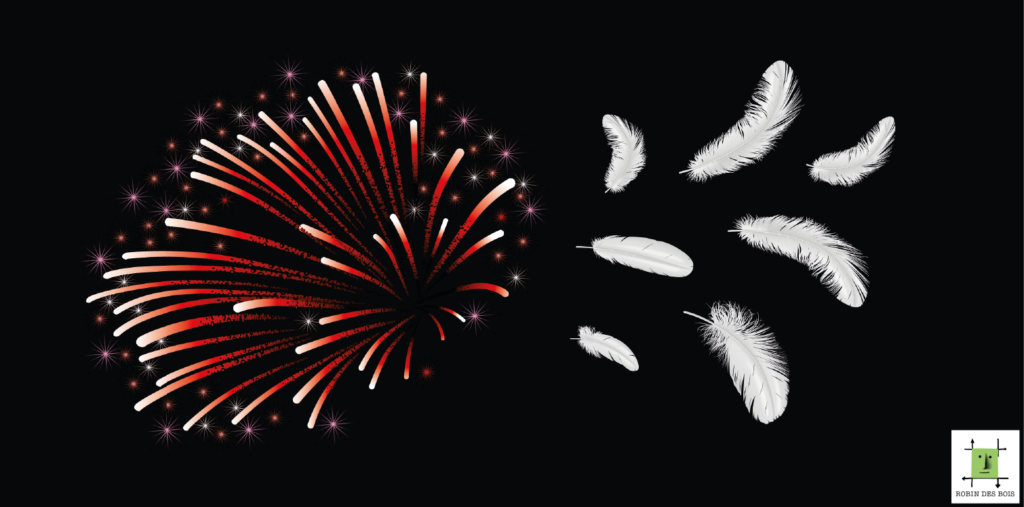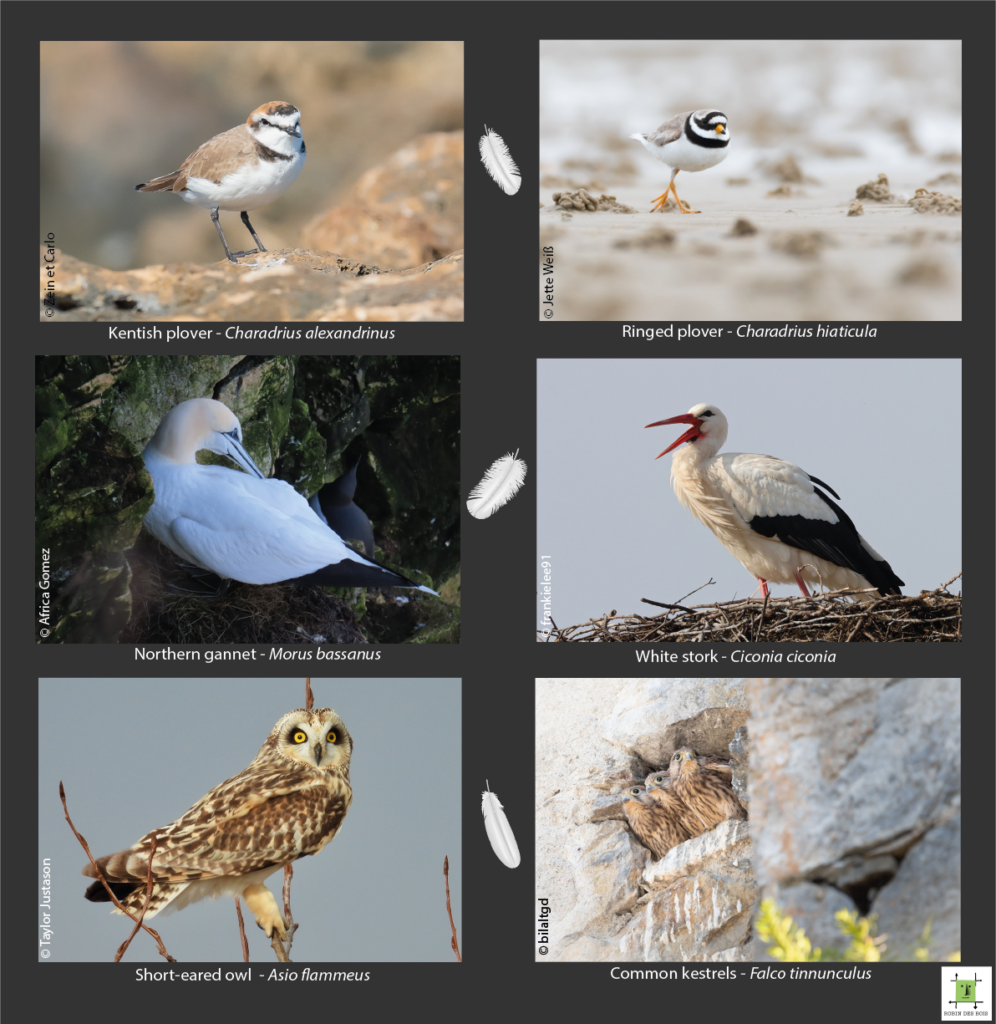On the night of 1 June 2024, the Normandy Region and the D-Day Landings Committee are planning a war of fire along 95 km of coastline between Sainte-Mère-Eglise (Manche Department) and Ranville (Calvados Department). Utah Beach, Omaha Beach, Gold Beach, Juno Beach and Sword Beach will be ablaze with 19 synchronised fireworks displays. There is nothing peaceful about the commemoration of the 80th anniversary of D-Day.
37 terrestrial and marine Natural Areas of Ecological, Faunistic and Floristic Interest and 10 Natura 2000 areas will be affected by the fireworks.
Thousands of protected birds – plovers, terns, pipits, larks, swallows, swifts, gannets, storks, egrets, owls, buzzards, sparrowhawks, falcons and kites – will be surprised and frightened, leaving their nests and, in some cases, abandoning their chicks.
The Order of 29 October 2009 establishing the list of birds protected throughout France prohibits “the intentional disturbance of birds, particularly during the period of breeding and dependency, provided that the disturbance jeopardises the proper accomplishment of the biological cycles of the species in question“.
The worldwide literature leaves no doubt about the break of nesting and feeding, panic among birds, mid-air collisions and, in the long term, a slowdown in the growth of juveniles that have survived noise and light pollution.
Bats will not be spared the slaughter. Bats leave their roosts at night to forage for food. The Order of 23 April 2007 establishing the list of protected terrestrial mammals, including bats, prohibits “throughout mainland France and at all times the destruction, mutilation, capture or removal, and intentional disturbance of animals in the natural environment“. The 13 species present on the disturbed coastline will be both dazzled and deafened.
The harbor seals present in the Baie des Veys and the Orne estuary will also suffer disturbance, which will be all the more detrimental as their pups are born between June and August.
The noise, vibrations and flashes emitted by fireworks cause a major increase in the heart rate of all domestic and wild animals. Horses will not escape the stress, with the risk of running wild, getting tangled up in fences and injuring themselves.
Each firework display emits large quantities of dioxins, fine particles, methane, trace elements of heavy metals (TMEs), microplastic debris, sulphur and perchlorate residues.
The colours used in fireworks are not of plant origin. Strontium, lithium, barium, titanium, sodium, copper and calcium make up the red, green, silver, white, yellow, blue and orange, and for special effects antimony, zinc and aluminium complete the heavy artillery.
Depending on the weather conditions at the time, the dust, toxic residues and embers will fall back into the sea, onto the cliffs, into the marshes and onto the beaches, an additional toxic burden for the food chains and a risk of fire on the moors.
Robin des Bois is calling for this pyrotechnic attack to be cancelled.
 Imprimer cet article
Imprimer cet article










